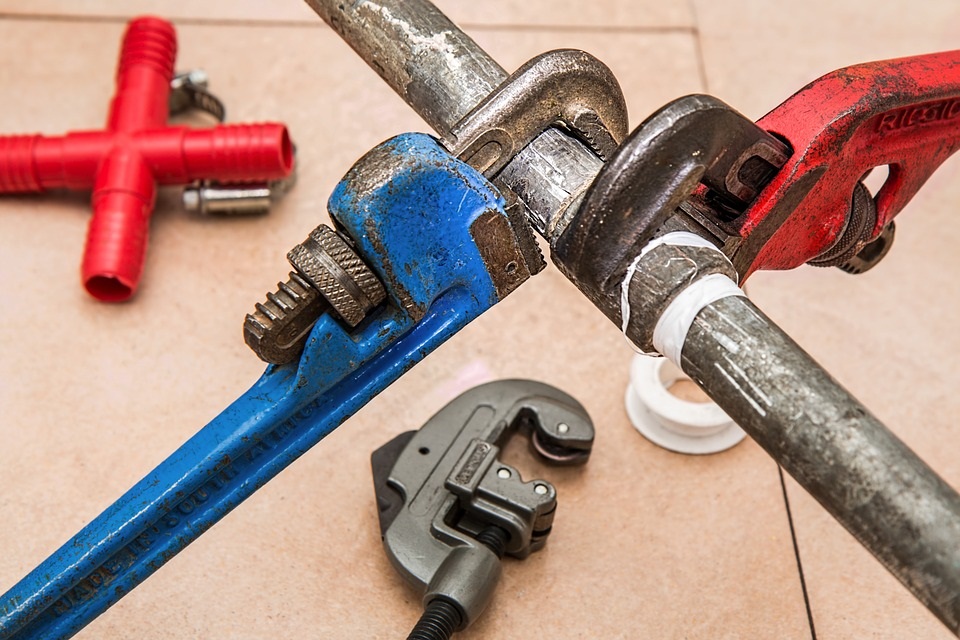
There comes a time in everyone’s life, when you could find yourself in a rather pressing situation. Adrenaline kicks in and its ‘fight or flight’ time. Having your wits about you during a plumbing emergency is a fine art, and your reaction will either help to make things better, or make the problem a whole lot worse.
Here are 4 do’s and don’ts when handling a plumbing emergency that will hopefully help you to avert disaster.
1) The Terrible Toilet
Do: Get your hands dirty.
Grab a pair of rubber gloves and your plunger. Although it’s one of the most unpleasant things to deal with, a blocked toilet is usually quickly resolved by good use of the plunger! If the water doesn’t return to a normal level after a few attempts, then it may be time to call the plumber.
Don’t: Keep flushing!
Toilet bowls are designed to stop them overflowing, so don’t panic when the water levels rise a little higher than you expect. One thing to remember is never to flush repeatedly to try to get rid of the water; this is the one thing that could actually cause a flood!
2) The Running Bath
Do: Turn it off, and soak it up!
Once you’ve stopped the water, get to work fast with as many towels as you can find. Start soaking up the edges to stop water from seeping down the walls and under the floor, then work your way into the middle of the room. Once the worst of it is cleared, take a mop to anything that’s left, and then get plenty of air to the room to dry it out.
Try to get hold of a dehumidifier and keep an eye out for damp and mould.
Don’t: lose track of time again!
You would think that people make this mistake once, and never again. You would be wrong. Keep in mind that if you’re busy, taking a shower is always the best option, don’t run a bath if you’re in a rush.
3) Frozen pipes
Do: Be nice and gentle.
The first step when your pipes freeze is to keep your cool. A great way to find out which section has frozen is to apply a wet cloth to the pipes, the water droplets should show a little frost over the part where the problem is. Grab a hairdryer and slowly bring the heat back to your home.
Don’t: Crank up the heat!
If you warm up your pipes quickly, there’s a big risk of causing leaks and cracks. Don’t use propane torches or anything that will get them glowing hot!
4) The Flooded Basement
Do: Get prepared!
If you know that your house is prone to flooding, you can install a pump system. A sump pump means that if the worst happens, and you find yourself wading knee deep in water, the flick of a switch can start getting the water away from your home.
Another great addition to a pump is a water alarm system. Not everyone pays a regular visit to the lower reaches of their house, and a water alarm will let you know about flooding before it gets too bad. Some systems can also be hooked up to your pump and activate automatically.
Don’t: Pump too quickly
If there’s a lot of water on both the outside and inside of your basement, there is essentially a balance of pressure. If you pump out the water too quickly, that balance shift can potentially cause walls to shift and cause damage to your house, so take it steady.
Conclusion
Calling a MEP Engineering firm if you’re unsure about how to deal with these issues is a good idea, but most plumbing disasters can be avoided with good preparation. If things do go wrong and you find yourself in an emergency, you now know what do, and what to avoid at all costs.
